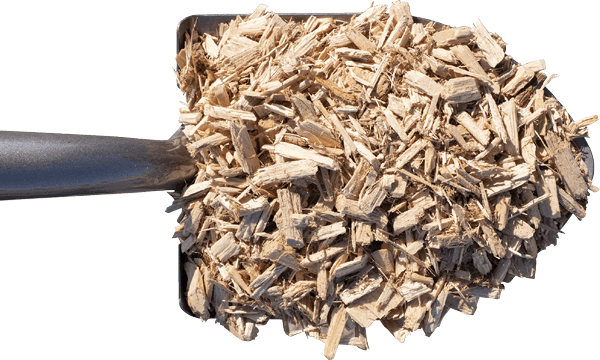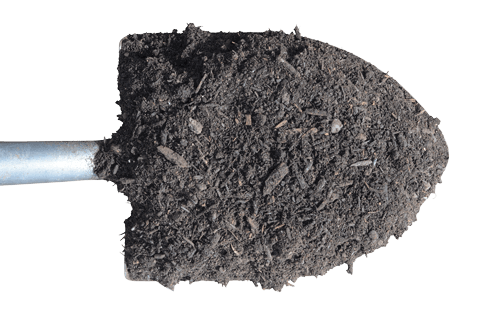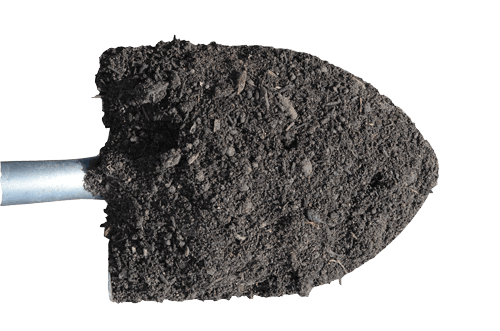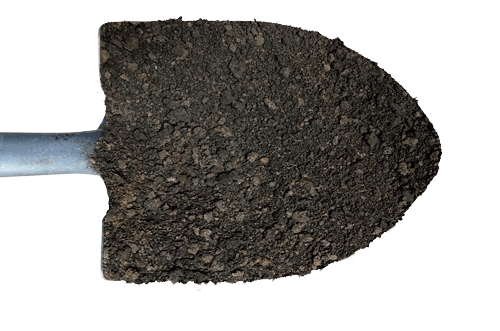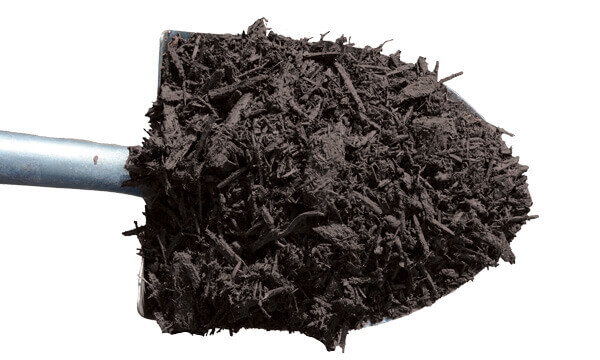While composting provides a variety benefits to the environment, the process of making compost can sometimes release unpleasant odors. These odors are a mix of dilute, invisible, gaseous compounds that can range from virtually unnoticeable to strong depending on feedstocks and management. Though the odors can sometimes be unpleasant, they are never toxic. So what causes these odors anyways?
Compost is a rich soil amendment that is created during the process of organic material being broken down. This is a natural process called decomposition. Decomposition begins when feedstocks, water, and oxygen are combined. Tiny microorganisms then consume the feedstocks and give off water, carbon dioxide, and heat as a byproduct. This process can happen either aerobically, with air, or anaerobically, without air.
Though material can still decompose without air through anaerobic respiration, it is not as successful as aerobic respiration and can also release some unpleasant odors. Compost is at risk of “going anaerobic” if the water content is above 65 percent or if the compost pile sizes are too large. This type of respiration will also produce sulfur compounds, which give off a rotten egg smell.
Proper composting will go through aerobic respiration. In this process, carbohydrates are broken down by microbes that need air to function. At the SMSC Organics Recycling Facility, our composting procedure involves piling up organic material into long rows called windrows, and turning these windrows five times throughout their lifetime (roughly 70-90 days). Odors are still produced even through proper aerobic respiration, but they are much less offensive. By turning our windrows, air is introduced to the compost ensuring that aerobic respiration is occurring.
Composting is never odor free, but odors can be reduced by:
-Processing incoming feedstocks promptly
-Covering incoming material with a layer of carbon material such as dry leaves to act as a biofilter
-Keeping a stockpile of dry amendments to add to wet feedstocks and absorb any liquid
-Maintaining proper pile porosity, carbon to nitrogen ratio, and oxygen levels
-Limiting handling during poor weather conditions (temperature inversions, hot days)

